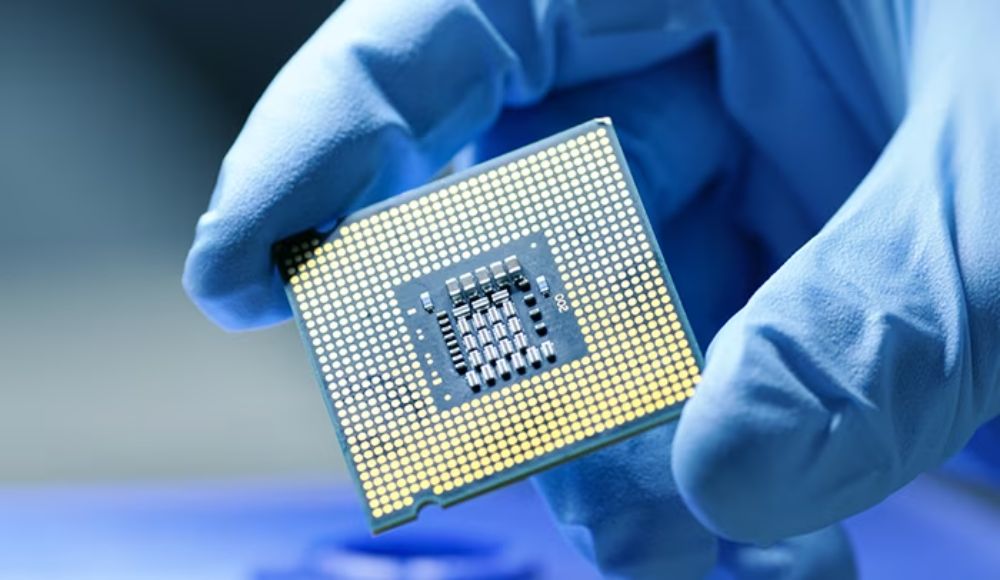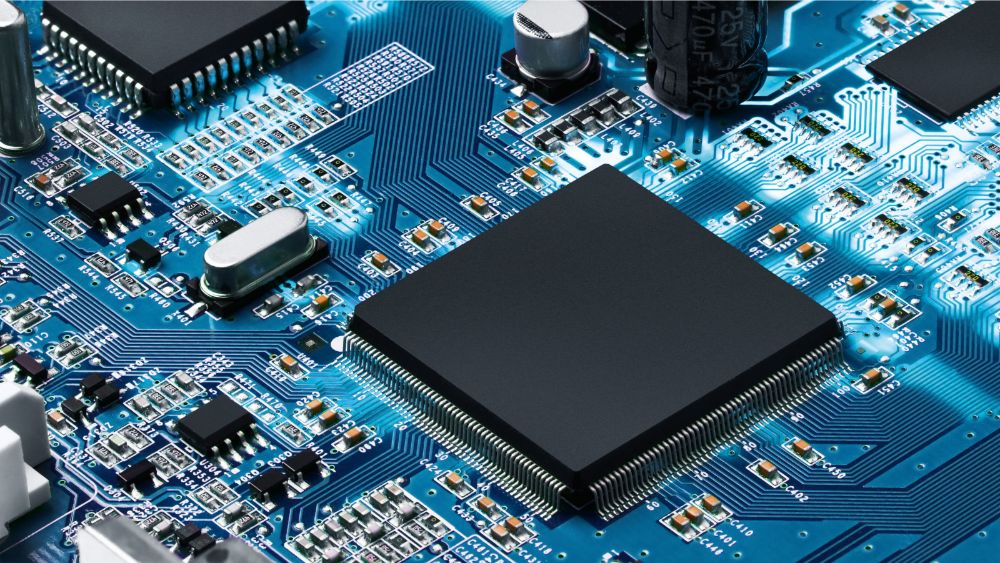Researchers at the Georgia Institute of Technology have achieved a historic breakthrough by creating the world’s first functional semiconductor made from graphene. This revolutionary material, composed of a single sheet of carbon atoms, introduces a new era in electronics.At a time when silicon, the backbone of modern electronics, faces limitations in meeting the demands of faster computing and smaller devices, the Georgia Tech team’s discovery marks a paradigm shift in semiconductor technology.

Overcoming the “Band Gap” Hurdle
Led by Walter de Heer, the team successfully addressed a longstanding challenge in graphene research—the absence of a “band gap,” a crucial property that allows semiconductors to switch on and off. This innovation opens doors to a graphene-based alternative to silicon.De Heer’s team achieved a breakthrough by growing graphene on silicon carbide wafers using specialised furnaces, producing epitaxial graphene. This single layer, when made correctly, chemically bonds to silicon carbide and exhibits semiconducting properties.

Superior Properties and Potential Applications
The measurements of the graphene semiconductor revealed ten times greater mobility than silicon, leading to faster computing with lower resistance. This two-dimensional semiconductor boasts superior electrical properties, positioning it as a frontrunner for future nanoelectronics.

A Wright Brothers Moment for Electronics
Looking ahead, epitaxial graphene holds the potential for groundbreaking technologies, leveraging quantum mechanical wave properties for applications such as quantum computing. Walter de Heer likens this achievement to a “Wright brothers moment,” envisioning a transformative shift in electronic technologies, much like the advent of flight after the era of trains and boats.
The Journey Ahead

As graphene electronics move from discovery to application, the researchers at Georgia Tech anticipate a new era in electronics, building on the legacy of silicon and introducing the world to the possibilities of graphene-based technologies.
